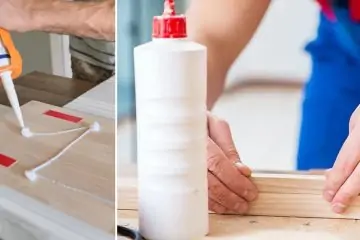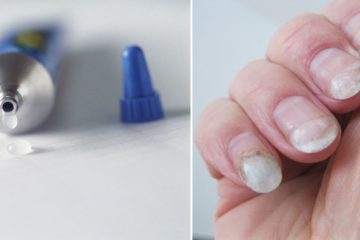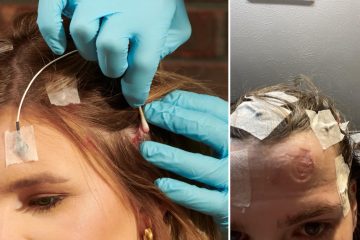PVC (polyvinyl chloride) pipes are commonly used for plumbing, drainage, and irrigation systems. Joining them requires a specialized cement that melts and fuses the pipe and fittings to form an airtight seal. Typically, a primer is first applied that etches and softens the surface to allow for deeper penetration of the cement. However, is it possible to skip the primer altogether? While using a PVC primer is strongly recommended for optimal bonding, you can create an effective PVC joint without it. This guide will walk you through the entire process step-by-step on how to glue pvc pipe without primer.
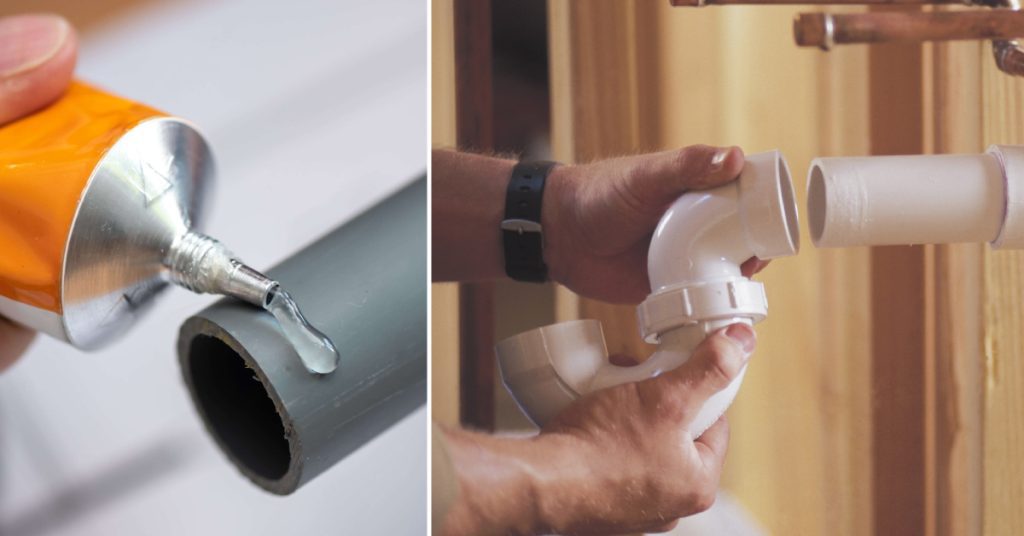
Key Takeaways:
- Primers etch pipe surfaces for deeper solvent cement penetration, maximizing fusion; however, adequate joints are possible through proper cementing technique alone.
- For pressure systems, extreme conditions, or where strength is critical, primer remains strongly advised to prevent premature leaks or failures.
- Follow strict surface preparation, application, and curing procedures if cementing PVC without a primer.
- Check regional building codes – primer may be mandated regardless of passing inspection.
- Though doable, skipping primer has tradeoffs in terms of joint integrity. Weigh factors like convenience vs. reliability carefully per application.
Why Bother Skipping the Primer?
You may wonder why anyone would want to glue PVC pipe without primer since most manufacturers recommend using it. Here are some reasons why you might want to forgo the primer:
- Convenience: Skipping a step speeds up the process considerably. When handling multiple PVC joints, the time savings add up.
- Availability: Sometimes primer runs out before completing a project. Rather than halt work, knowing you can proceed without it in a pinch is useful.
- Code Compliance: Surprisingly, some regional plumbing codes still permit solvent-welding PVC pipe without a primer during the inspection.
- Cost Savings: Using only cement reduces material costs, especially for large jobs.
However, keep in mind that skipping primer has some definite drawbacks when it comes to joint integrity, durability, and strength. We’ll go over those details later.
7 Proven Step-by-Step Guide to How to Glue PVC Pipe Without Primer
Follow these steps carefully on how to glue pvc pipe without primer:
1. Cut and Deburr the Pipe
Use a PVC pipe cutter to cut your pipes cleanly and squarely. Smooth any burrs or rough edges from the cut end using coarse sandpaper. Remove all dirt, grease, or grime with a clean rag.
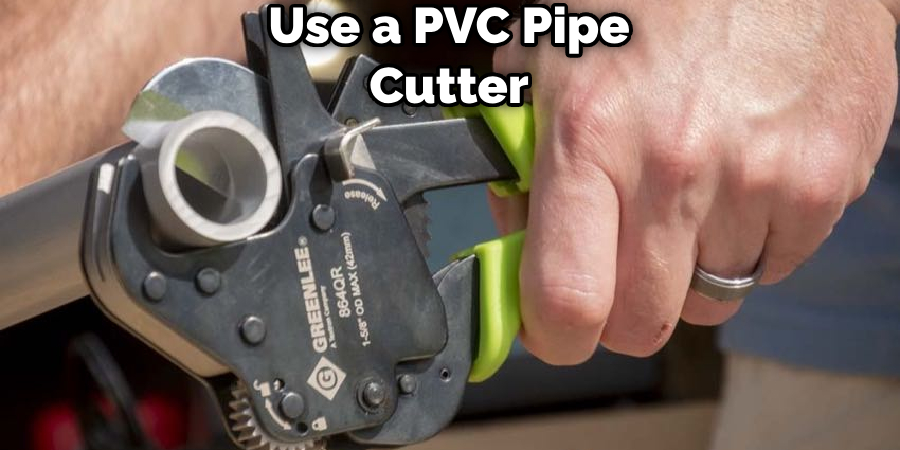
2. Dry Fit the Joint
Do a test fit without cement to ensure your pipes and fittings align properly before permanently joining them. Make any necessary adjustments.
3. Clean Surfaces Thoroughly
Wipe pipe and fitting surfaces with acetone or PVC cleaner on a clean lint-free cloth. This removes oils and debris for better adhesion. Allow to fully dry.
4. Apply Cement Liberally
Use cement made specifically for joining PVC pipes, applying a thick even layer on both socket and spigot ends. Work quickly before cement starts drying.
5. Join Pieces Completely
Immediately insert the pipe fully into the fitting, twisting a quarter turn to distribute cement thoroughly. Ensure pieces are properly aligned.
6. Hold Joint Securely
Firmly hold the cemented joint together for at least 30 seconds – 1 minute. This prevents the joint from slipping apart as the cement sets.
7. Allow Proper Cure Time
Leave the assembled joint completely undisturbed as the cement fully hardens. Drying time depends on pipe size, temperature, humidity, and cement used. Most take at least 24 hours to fully cure.
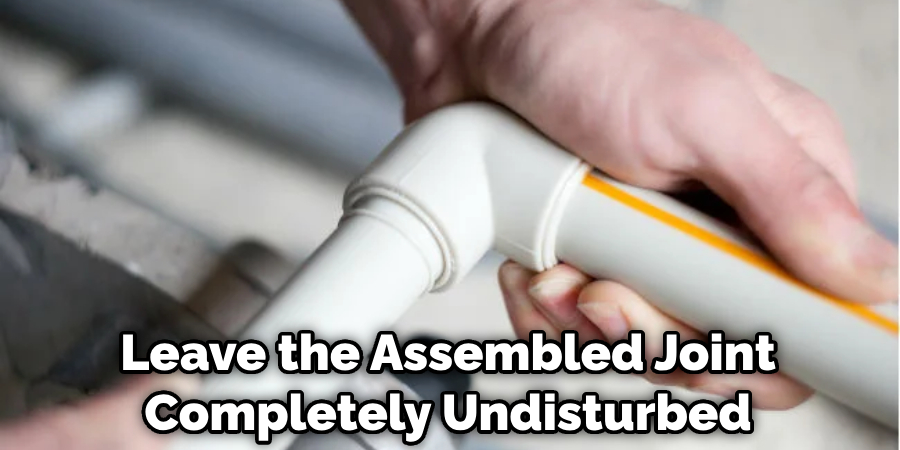
And that’s all there is to it! While this method produces secure PVC pipe connections, keep reading to understand why using a primer is still highly recommended for certain applications.
You Can Check It Out to Install Carpet Tiles Without Glue.
Limitations of Skipping Primer
Avoid cementing PVC pipes without primer when:
- Dealing with pressure pipes in plumbing or gas lines
- Exposure to temperature or pressure fluctuations
- Movement or vibration is expected
- Maximizing joint strength is critical
Without a primer to etch and soften the surface, cement bonds are simply less robust and may fail over time. Leaks or separation can occur long after installation.
Using a primer is also often required by local plumbing codes and to comply with manufacturer’s warranties. So check your regional building regulations and application before skipping this important step!
You Can Check It Out the PVC Glue Calculator.
Maximizing Reliability
For professional-grade results and PVC joints, you can count on for decades, use a quality primer and solvent cement paired specifically for the pipe you are working with. The small upfront time and cost investment will pay off dividends through long-term reliability!
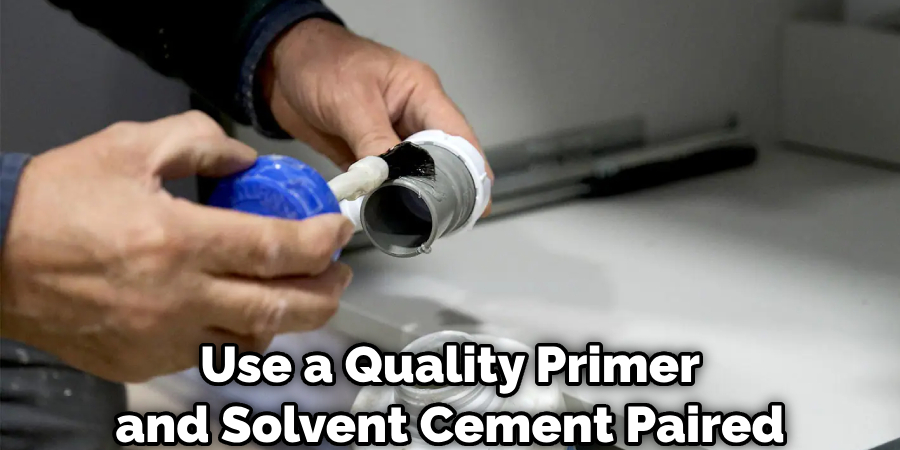
FAQs About How to Glue PVC Pipe Without Primer
Can PVC Be Glued Without Primer?
While it is possible to glue PVC without primer, using a primer is generally recommended for a stronger and more reliable bond. The primer helps to clean and prepare the surface of the PVC pipe, allowing the cement to create a better bond. Skipping the primer may result in a weaker bond and could potentially void the pipe manufacturer’s warranty. Therefore, it’s advisable to use primer when gluing PVC pipes for optimal results.
Will PVC Stay Together Without Glue?
PVC pipes will not stay together reliably without glue. While friction and pressure may temporarily hold them in place, a secure and long-lasting connection requires the use of PVC glue (solvent cement) to create a strong and leak-resistant bond. Therefore, it’s essential to use the appropriate PVC glue for joining PVC pipes to ensure a durable and dependable connection.
What Glue is Best for PVC Pipe?
The best glue for PVC pipe is PVC solvent cement, also known as PVC glue or PVC cement. This type of adhesive is specifically designed to create strong and durable bonds between PVC pipes and fittings. When choosing PVC solvent cement, it’s important to select a product that is compatible with the specific type and size of PVC pipes being joined, as well as one that complies with relevant industry standards and regulations. Additionally, following the manufacturer’s instructions for application and curing is crucial for achieving the best results when bonding PVC pipes.
Is Purple PVC Primer Required?
In many jurisdictions, purple PVC primer is required by local plumbing codes for PVC pipe applications. It is commonly used to prepare the surface of the PVC pipe before applying the solvent cement. The purple color helps to visually indicate that the primer has been applied, ensuring proper preparation of the pipe before joining. Always check local plumbing codes and regulations to determine whether the use of purple PVC primer is required for your specific application.
Conclusions
Follow the steps outlined here, allow adequate cure times, and your PVC pipe connections will be strong, leak-free, and as durable as the pipes themselves. So in summary, it is possible how to glue pvc pipe without primer in a pinch, but using it remains the recommended best practice for critical structural integrity. Thanks for reading! Let me know if you have any other PVC cementing questions.
